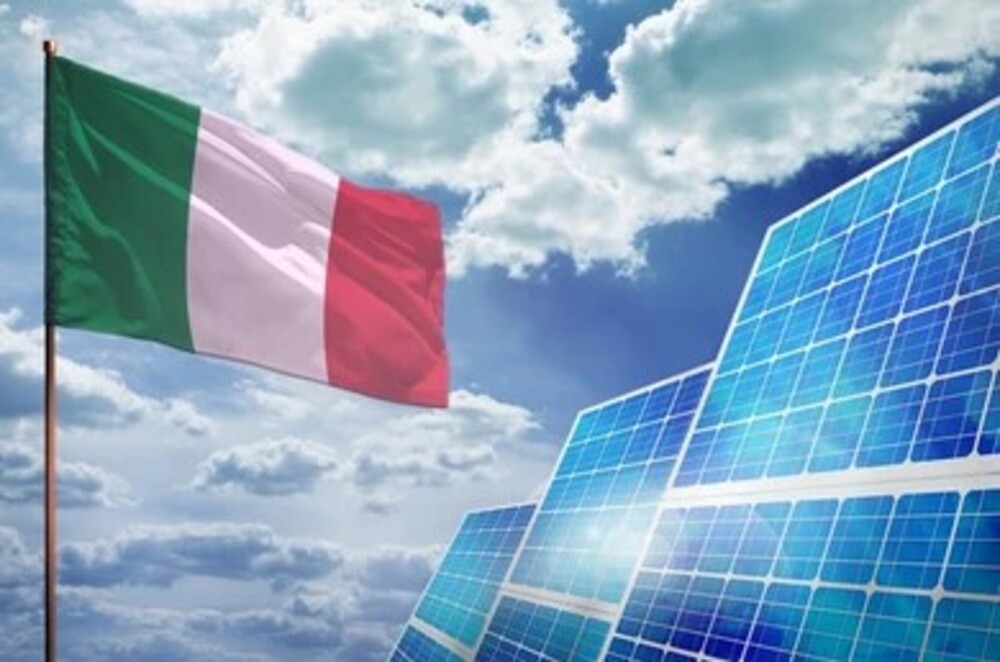Italy is looking to establish itself as the European Union’s (EU) energy hub using funds received through the REPowerEU initiative, according to Italian Prime Minister Giorgia Meloni.
The REPowerEU plan, which has a budget of close to 300 billion euros, aiming at reducing the EU’s dependence on Russian fossil fuels and addressing the climate crisis. The funds made available under the NextGenerationEU pandemic recovery plan amount to roughly 225 billion euros, with the European Commission proposing an additional 20 billion euros from the sale of EU Emission Trading System (ETS) allowances.
NextGenerationEU is a European Union pandemic recovery plan that was launched in 2021 with the goal of providing economic support to the EU member states affected by the COVID-19 pandemic. The plan has a budget that is aimed at supporting member states in their recovery efforts and strengthening their resilience in the face of future crises. They made the funds available through various measures, including grants, loans, and guarantees. The plan is part of the EU’s wider efforts to address the economic, social, and health impacts of the pandemic and ensure a sustainable recovery for all member states.
Italy wants to construct the SoutH2 Corridor
During a recent meeting with key ministers and the CEOs of energy companies, including Eni, Enel, Snam, and Terna, Meloni discussed the need to work with Africa to secure energy supplies. The CEO of Snam, the Italian gas grid operator, told the media that the company would look to the EU for funding to invest 2.5 billion euros to expand the capacity of the domestic network.
Additionally, funds from the REPowerEU might be used to construct the SoutH2 Corridor, a link that would transport hydrogen produced in northern Africa to northern Europe.
What’s REPowerEU plan?
The goal of the REPowerEU plan is accomplished, according to the European Commission President, Ursula von der Leyen. The plan initial intention was removing the EU’s dependence on Russian energy imports. Now, the funds might be transferred to Europe’s net-zero industry, allowing nations to use the money for tax reductions, for example. Following a meeting on February 9, they will combine the concepts in the Green Deal Industrial Plan into a formal proposal that will be made to the European Council in late March.
The right-wing government left with hopes for negotiations with the EU
Italy’s right-wing government hopes to conclude negotiations with Brussels on how to spend the EU funding by the end of April.
By becoming the EU’s energy hub, Italy aims to wean itself off Russian gas and play a key role in the bloc’s transition to a low-carbon economy.
The European Union Emission Trading System (ETS) is a cap-and-trade system introduced in 2005 to reduce greenhouse gas emissions. The system requires businesses including manufacturing, electric utilities, and airlines to purchase permits to cover each ton of carbon dioxide they produce.
The ETS operates by setting a cap on the total amount of greenhouse gases that covered installations can emit and then allocating a limited number of emission allowances, which represent the right to emit a certain amount of CO2, to the participants.
Companies that emit less than their allowances can sell the surplus allowances to companies that emit more than their allowances, creating a market-based incentive to reduce emissions. The EU considers the ETS a crucial tool in reducing emissions and mitigating the impact of climate change.

